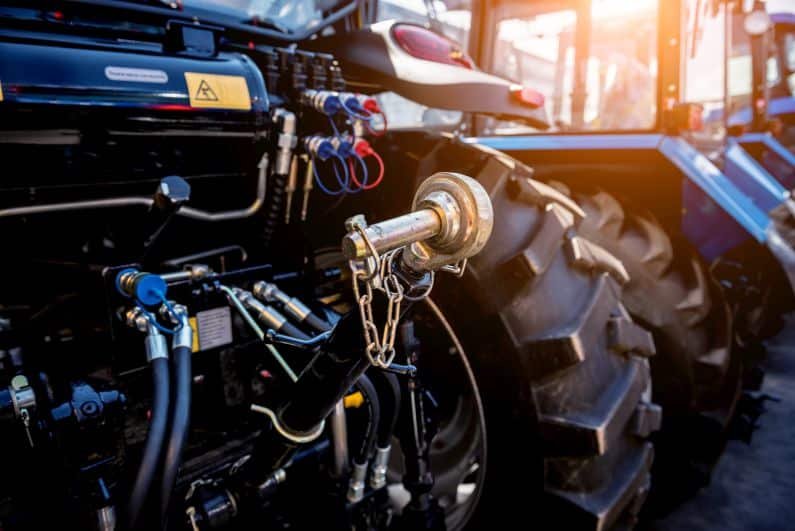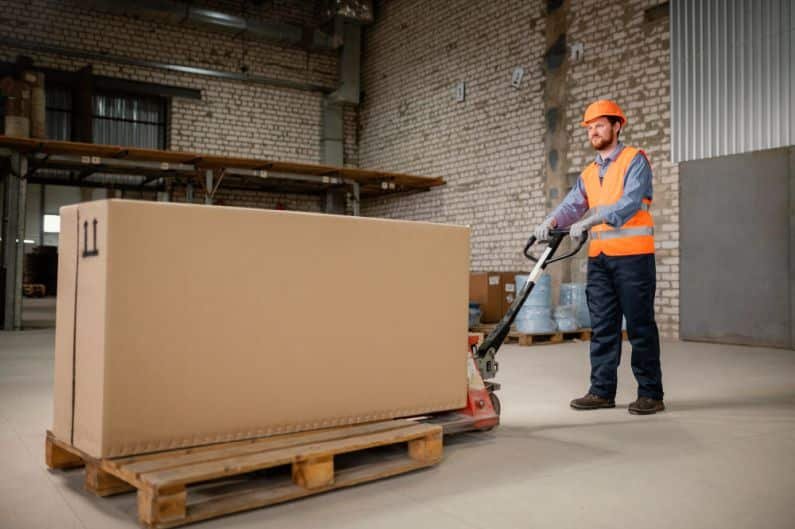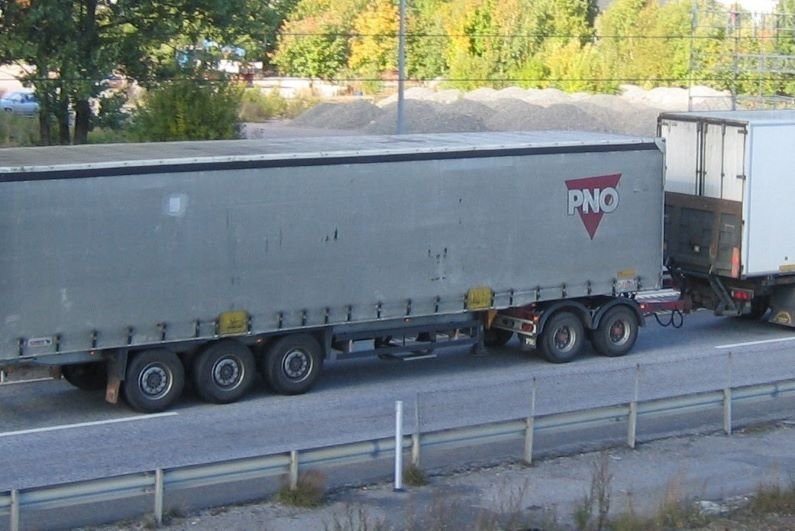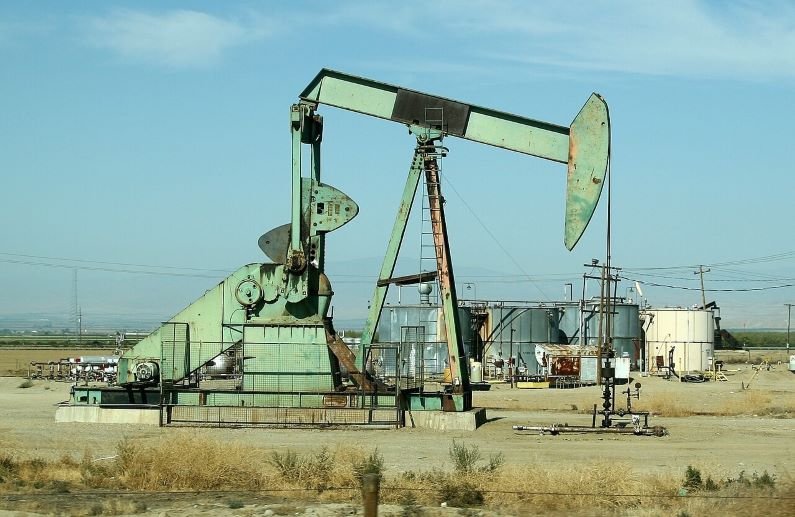Shipping heavy equipment between the US and Canada plays a vital role in supporting numerous industries, including construction, mining, agriculture, and manufacturing. The movement of heavy machinery across the border is essential for business operations, expansion, and accessing new markets. However, this process comes with its challenges and requires careful planning and adherence to regulations. In this comprehensive guide, we will delve into the intricacies of cross-border shipping to Canada, providing you with the knowledge and insights needed to navigate the complexities and ensure a smooth and efficient transportation experience.
Understanding Heavy Equipment Shipping to Canada
What Constitutes Heavy Equipment
Heavy equipment refers to large, robust machinery used for various purposes, such as earth moving, construction, excavation, and material handling. Examples include excavators, bulldozers, cranes, forklifts, and agricultural machinery. Understanding the nature and characteristics of heavy equipment is crucial for proper handling, packaging, and transportation.
Commonly Shipped Heavy Equipment
Certain types of heavy equipment are frequently transported between the US and Canada. This includes construction machinery like loaders and compactors, agricultural equipment such as tractors and harvesters, and specialized equipment used in industries like oil and gas and mining. Familiarizing yourself with the specific equipment commonly shipped helps anticipate logistical requirements and challenges, enabling effective planning.
Challenges in Shipping Heavy Equipment
Shipping heavy equipment across the US-Canada border comes with its share of challenges. These include compliance with customs regulations, securing proper permits and documentation, navigating import/export procedures, managing duty and tax payments, coordinating transportation logistics, and ensuring equipment safety and security during transit. Understanding these challenges in advance allows for effective planning and mitigating potential issues.
Key Regulations and Requirements
Canadian Import Regulations for Heavy Equipment
When shipping heavy equipment to Canada, it is essential to comply with Canadian import regulations. These regulations outline specific requirements for documentation, customs procedures, safety standards, and environmental regulations. Familiarizing yourself with these regulations and working with experienced freight forwarders or customs brokers can ensure compliance and smooth customs clearance.
US Import Regulations for Heavy Equipment
Similarly, when importing heavy equipment into the US, there are specific regulations and requirements to consider. These include documentation such as import permits, invoices, and bills of lading, as well as compliance with US customs procedures and safety standards. Understanding and adhering to these regulations is crucial for a seamless import process.
Duties, Taxes, and Fees
Importing heavy equipment may incur duties, taxes, and fees in both the US and Canada. These charges can vary based on the type of equipment, its value, and the applicable trade agreements. Understanding the duty rates, tax obligations, and any exemptions or trade agreements can help you estimate the total cost of importing heavy equipment.
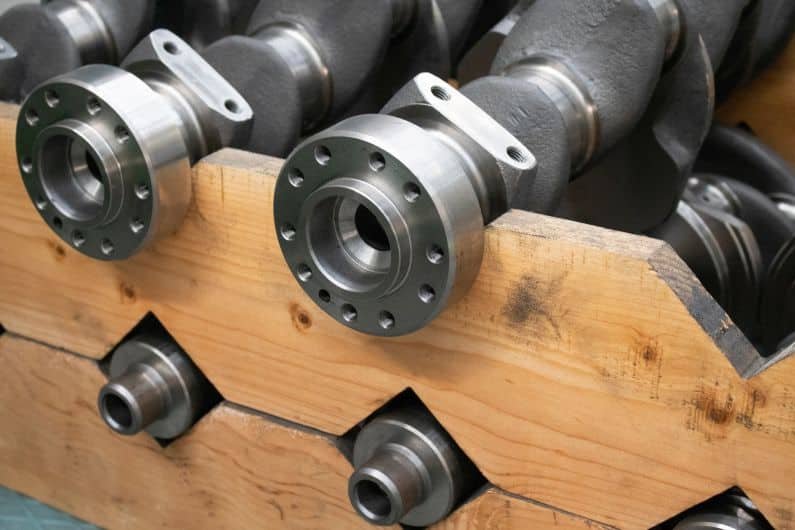
Process of Shipping Heavy Equipment
Preparation Stage
Proper preparation is vital for successful heavy equipment shipping. This stage involves gathering necessary documentation, securing permits and licenses, obtaining insurance coverage, ensuring compliance with safety and environmental regulations, and arranging proper packaging and securing of the equipment for transportation.
Loading and Transport Stage
During the loading and transport stage, careful consideration must be given to selecting appropriate equipment and transportation methods. This includes choosing the right trailers, ensuring proper loading techniques, securing the equipment, and coordinating logistics for cross-border transportation.
Customs Clearance Stage
The customs clearance stage involves submitting the required documentation to the relevant customs authorities, paying applicable duties and taxes, and complying with customs regulations. Working with experienced customs brokers or freight forwarders can streamline this process and ensure compliance with all necessary procedures.
Best Practices and Tips of Shipping to Canada
Selecting a Reliable Shipping Company
Choosing a reliable shipping company with experience in cross-border heavy equipment transportation is essential. Texas International Freight has a proven track record and expertise in customs procedures, proper equipment and facilities, and comprehensive insurance coverage to safeguard your equipment during transit.
Insuring Your Heavy Equipment
Obtaining adequate insurance coverage for your heavy equipment is crucial. This protects your investment against potential damages or losses during transportation. Work with insurance providers specializing in heavy equipment coverage to ensure comprehensive protection.
Pre-shipment Inspection and Documentation
Conducting thorough pre-shipment inspections of your heavy equipment is essential. Document any existing damages, take photographs, and maintain detailed records. Proper documentation will help resolve any disputes or claims that may arise during transit.
Post-shipment Inspection and Unloading
Upon arrival, conduct a post-shipment inspection to verify the condition of your heavy equipment. Document any damages or discrepancies and report them promptly. Coordinate unloading procedures carefully to ensure the safe and efficient offloading of your equipment.
Conclusion
Shipping heavy equipment between the US and Canada requires careful planning, adherence to regulations, and attention to detail. By understanding the intricacies of cross-border shipping, familiarizing yourself with the regulations and requirements, and implementing best practices, you can ensure a smooth and successful transportation process.
Partnering with experienced shipping companies and customs experts, such as Texas International Freight, will further enhance your shipping experience, allowing you to navigate the complexities of heavy equipment shipping between these two countries with confidence and efficiency. This company, with its expertise in cross-border logistics, stands ready to assist you in your heavy equipment shipping needs, providing reliable and professional services to streamline your transportation operations. Contact us today to embark on a seamless and efficient journey of shipping heavy equipment between the US and Canada.
FAQs
Q. What constitutes heavy equipment in the context of shipping?
A. Heavy equipment refers to large, robust machinery used for earth moving, construction, excavation, and material handling, such as excavators, bulldozers, cranes, forklifts, and agricultural machinery.
Q. What are some commonly shipped types of heavy equipment between the US and Canada?
A. Construction machinery like loaders and compactors, agricultural equipment such as tractors and harvesters, and specialized equipment used in industries like oil and gas and mining are frequently transported between the US and Canada.
Q. What are the challenges in shipping heavy equipment across the US-Canada border?
A. Challenges include compliance with customs regulations, securing permits and documentation, navigating import/export procedures, managing duty and tax payments, coordinating transportation logistics, and ensuring equipment safety and security during transit.
Q. What are the key regulations and requirements for importing heavy equipment into Canada?
A. Canadian import regulations outline requirements for documentation, customs procedures, safety standards, and environmental regulations. Working with experienced freight forwarders or customs brokers helps ensure compliance and smooth customs clearance.
Q. What are some best practices for shipping heavy equipment?
A. Best practices include selecting a reliable shipping company with expertise in cross-border transportation, obtaining adequate insurance coverage, conducting thorough pre-shipment inspections and documentation, and coordinating careful post-shipment inspections and unloading procedures.

